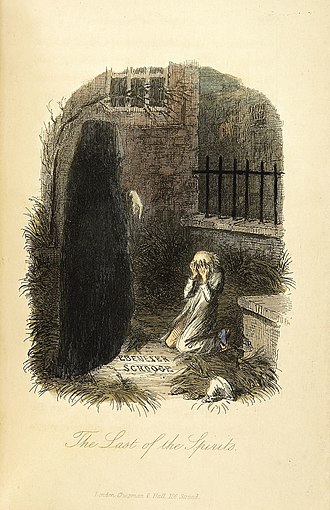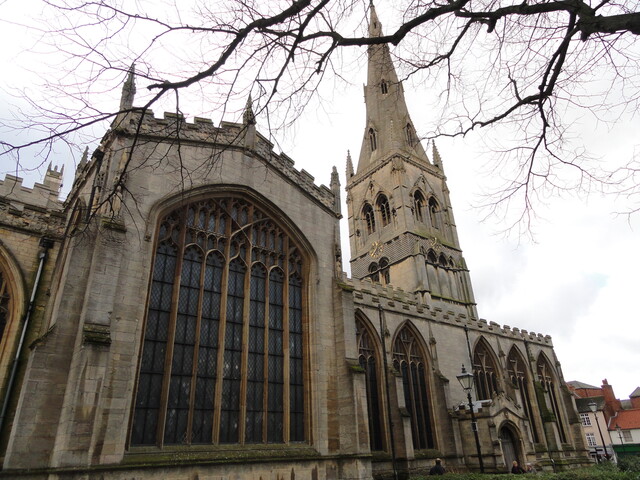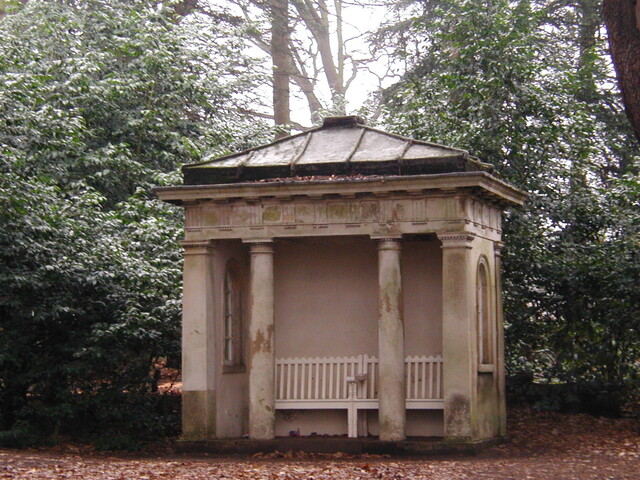Robbers on the Road: Highwaymen in the East Midlands
- Posted in:
- Heritage
During a time with no maps or road signs, travellers feared getting lost, or even worse – coming across a highwayman.
The first record we have of the word ‘highwayman’ came from 1617 but evidence for highwaymen can be found earlier in the medieval period. The peak of highwayman activity spanned from roughly 1660 to 1714, but the threat of highwaymen continued into the 19th century to a lesser extent, with the last recorded mounted robbery was in 1831.
A large cause for this peak in robbery was the English Civil War. With the beheading of King Charles I in 1649, the civil war ended which left some of Charles’ Royalist soldiers, that had no other skills or trades, without means to support themselves and their families. In most cases, they had little choice but to rob to stay alive.
Some highwaymen chose to attack travellers and coaches to take their money and expensive items. In other circumstances, highwaymen forced travellers to pay a fee to go free and unscathed. It was not only rich travellers who got held up by highwaymen, postboys who carried the mail were often targeted.
The hot spots for highwaymen encounters in the East Midlands included the Peak District and the old Great North Road, which ran between Newark, East Retford and Tuxford.
At this time, parish policing was rather ineffective and making arrests was difficult. This did not mean that being a highwayman was an easy vocation. With an average life expectancy of a highwayman estimated to be only 28 years old, it was a very risky trade. Being caught, more often than not, lead to death by hanging, following which their bodies would be placed in gibbets near roads to warn other highwaymen and criminals.
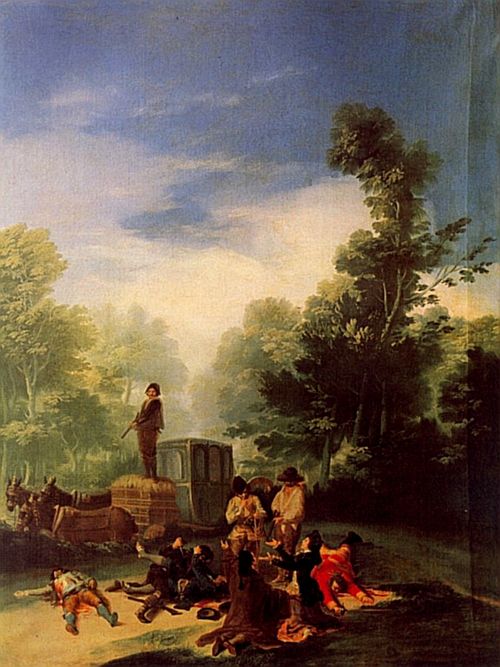
Above: Asalto al coche (Attack on a Coach), by Francisco Goya (1786-1787), Public Domain
The most famous highwayman based in the East Midlands was John Nevison, sometimes nicknamed ‘Swift Nick’.
Born in 1639 in South Yorkshire, Nevison became a highwayman after death of his father. Before that, he was serving under the Duke of York in an English regiment, reportedly taking part in the Battle of Dunkirk in 1658 before being leaving. Even during his time serving under the Duke of York in Flanders, he was reportedly arrested for stealing!
As a highwayman, Nevison based himself in Newark. He worked with a gang of, potentially, up to 20 other highwaymen who he met at safe houses in Tuxford and Newark to divide up their spoils. It is reported that the gang kept rooms at the Talbot Inn (possibly the now demolished Clinton Arms Hotel) in Newark all year round for this reason. They tallied up over £1,500 in one year which would have been around £150,000-£170,000 in today’s money, according to retellings of the housekeeper’s reports. Nevison and his gang focused their efforts on the old Great North Road and would travel as far York and Huntingdon on occasion for opportunities.
Nevison found some fame during his lifetime, with his actions being acknowledged, and perhaps even praised by King Charles II. Charles supposedly named him ‘Swift Nick’ and granted him free pardon upon hearing of his dastardly famous ride. This famous ride involved Nevison travelling from Kent to York in 1676 after robbing a traveller in Rochester. To escape capture, he rode all the way up to York (which is over 200 miles north!) and met with the Lord Mayor of York to create an alibi. When he was arrested for the Rochester robbing, the Lord Mayor provided him with this alibi and Nevison was amazingly acquitted.
He also had a reputation for being a gentlemanly highwayman. According to written sources, Nevison chose not to use violence against his victims and only robbed those who were rich. He was even reportedly polite to those he robbed! Unfortunately, this version of Nevison comes mainly from 18th and 19th century literary works and therefore may be more fiction than reality. This romanticised portrayal of his character during this period is similar to how the legend of Robin Hood has evolved over time to be more noble, and in some situations, Nevison is compared to Robin Hood.
Nevison was tried for theft multiple times between 1674 and 1681 but managed to avoid the hangman’s noose. After which, he restarted his robbing ways. In 1684, however, he was finally caught, tried, and later hung at York for the murder of a constable who was attempting to arrest him. He was buried in an unmarked grave in a church in York.
Cut to the modern day, ‘Swift Nick’ Nevison is the feature of multiple songs and even a novel. The 1913 novel ‘Swift Nick of the York Road’ by George Edgar portrays Nevison as a gentleman who can hold himself in many a dual.
A blue plaque is even placed on the Three Houses Inn public house where John Nevison was thought to have been arrested for the final time.
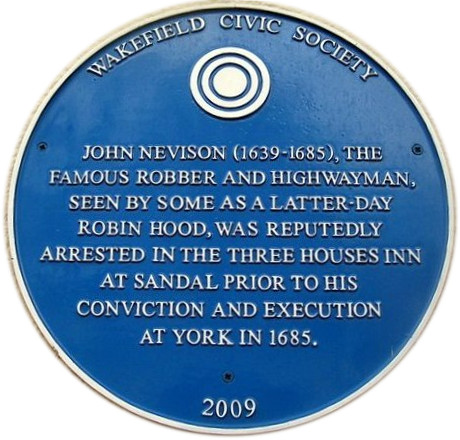
Above: Blue Plaque commemorating John Nevison, 2009 (by Mike Kirby, CC BY-SA 2.0)
